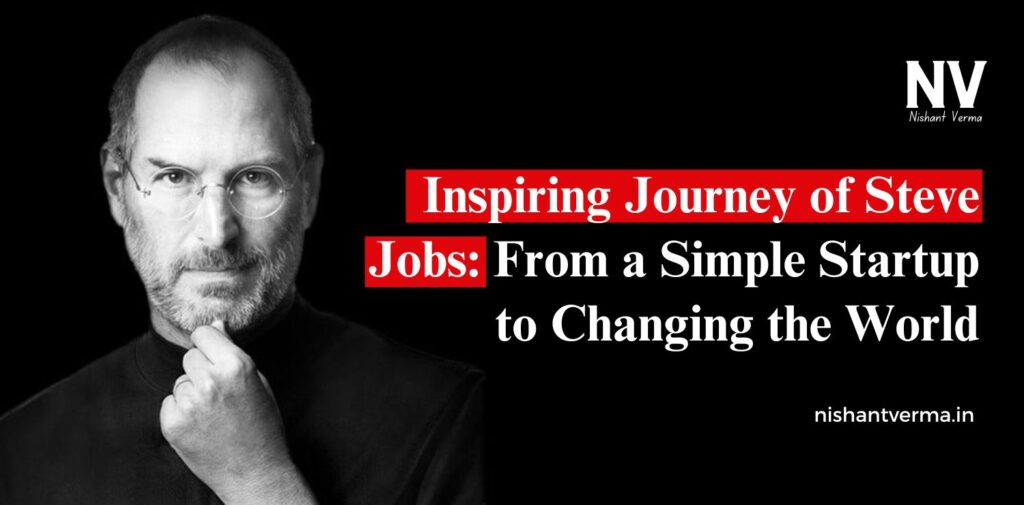Steve Jobs was one of the most influential figures of the 21st century. His life story is nothing short of inspiring and teaches us about perseverance, creativity, and how to turn setbacks into opportunities. Jobs didn’t just build a company; he changed the world in ways we could not have imagined before. His innovations—Apple, the iPod, the iPhone—have touched billions of lives, making him a true pioneer in technology and business. Let’s dive into the incredible journey of Steve Jobs, from a young entrepreneur to a global icon.
A Humble Beginning: The Early Years of Steve Jobs
Steve Jobs was born on February 24, 1955, in San Francisco, California. He was adopted by Paul and Clara Jobs, who raised him in the suburbs of Silicon Valley. Even as a young boy, Jobs showed an unusual interest in electronics. His father, who was a mechanic, taught him how to take apart and rebuild gadgets, sparking a passion for technology that would later shape his career.
Jobs went to high school in Cupertino, California, where he became friends with Steve Wozniak, a brilliant engineer. Wozniak would later become his partner in starting Apple. After high school, Jobs attended Reed College in Oregon but dropped out after just one semester. While he was there, Jobs realized that traditional education wasn’t the right path for him. Instead, he chose to follow his curiosity and interests.
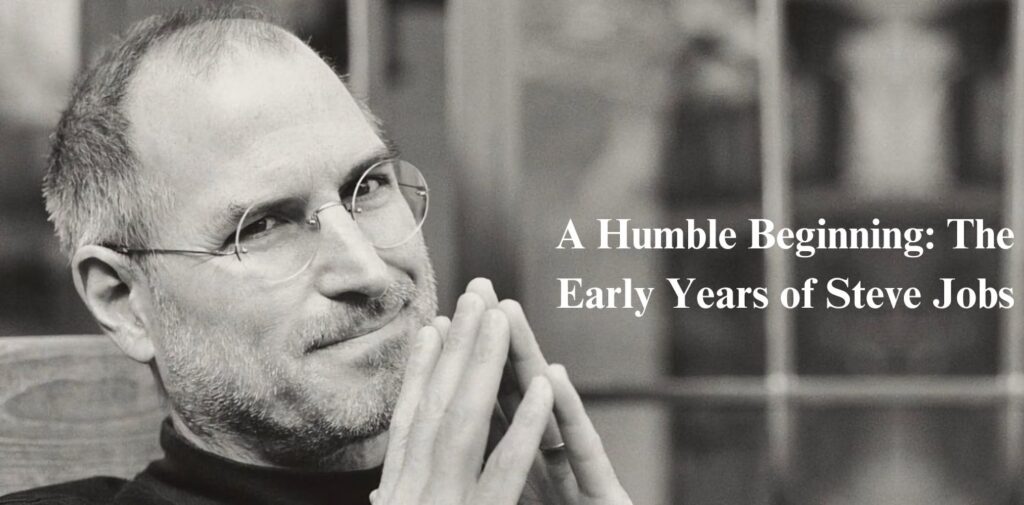
Apple Is Born: The Start of a Revolution
In 1976, Jobs and Wozniak came together to create something extraordinary—a personal computer that would change the way people interacted with technology. They built the first Apple computer in Jobs’ parents’ garage, using spare parts. The Apple I was their first product, and though it was simple, it was revolutionary for its time. The duo didn’t stop there. They created the Apple II, which became a huge success, marking the start of Apple’s rise.
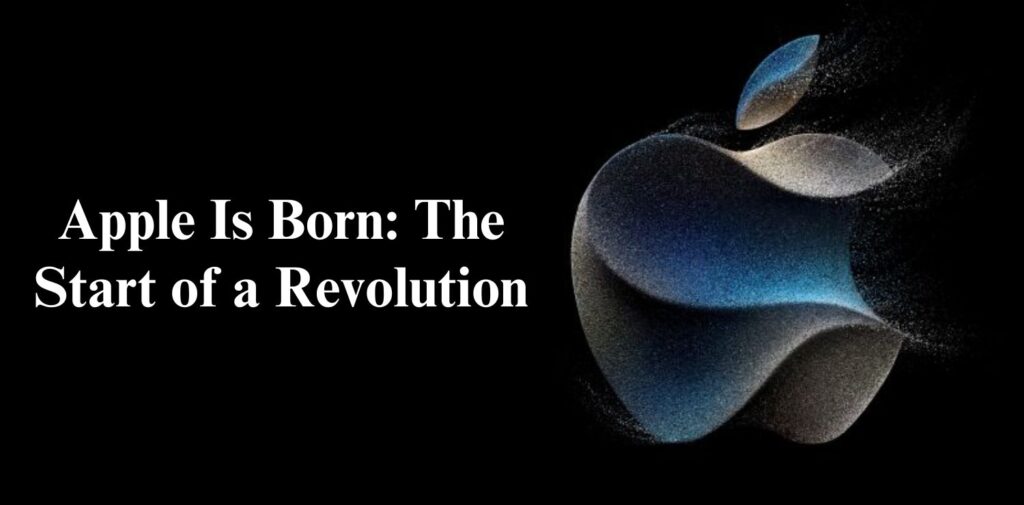
In 1977, the Apple II was officially launched and it became one of the first computers to gain widespread attention and sales. By 1980, Apple became a publicly traded company, and Jobs, just 25 years old, was already a millionaire. The future seemed limitless for Jobs and his growing company.
However, success wasn’t always easy. In 1985, Jobs had a falling out with Apple’s board of directors. Disagreements about the direction of the company led to Jobs being pushed out of his own creation. This was a tough moment for Jobs, but instead of seeing it as a failure, he saw it as a new beginning.
NeXT and Pixar: Building New Dreams
After leaving Apple, Jobs didn’t give up on his dreams. Instead, he founded NeXT, a computer company focused on creating high-end machines for businesses and universities. Although NeXT didn’t achieve the same level of success as Apple, the company was important in Jobs’ personal growth. He learned many valuable lessons about business and technology, which would serve him well in the future.
At the same time, Jobs bought a small animation company called Pixar. Initially, Pixar was struggling to make a mark in the industry, but under Jobs’ leadership, it turned into a major player. Pixar went on to produce blockbuster animated films, including Toy Story, the first full-length computer-animated film, which became a massive success. In 2006, Jobs sold Pixar to Walt Disney for $7.4 billion, making him Disney’s largest individual shareholder. This was another example of Jobs’ ability to turn adversity into opportunity.
A Return to Apple: The Phoenix Rising
In 1996, Apple was struggling. Its products were outdated, and its market share was shrinking. But Apple’s board of directors decided to bring Jobs back to the company in 1997, hoping he could turn things around. Jobs returned with new ideas and a fresh vision. He started by simplifying Apple’s product line and focusing on innovation.
One of Jobs’ most iconic decisions was to push for the development of the iMac, a colourful, user-friendly desktop computer that was released in 1998. The iMac became an instant hit, reviving Apple’s fortunes. But Jobs didn’t stop there. He began to think about the next big thing.
In 2001, Apple launched the iPod, a portable music player that would change the way people listen to music. The iPod was sleek, easy to use, and allowed people to carry thousands of songs in their pockets. This was the beginning of Jobs’ vision for a future where technology was not only functional but also personal and stylish.
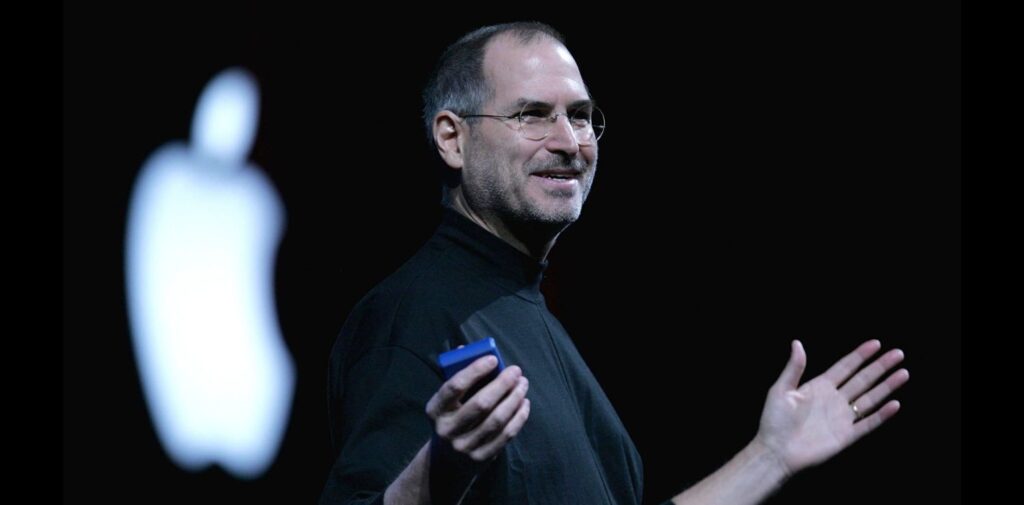
The iPhone and the Birth of a New Era
In 2007, Steve Jobs unveiled the iPhone, one of the most revolutionary products in tech history. The iPhone combined a phone, a music player, and an internet device all in one sleek package. At the time, smartphones were bulky and complicated, but the iPhone was different. It had a simple, intuitive interface that changed how people used technology.
Jobs’ obsession with design and user experience made the iPhone stand out. The touch screen, the App Store, and the overall ease of use made it a huge success. The iPhone transformed the mobile phone industry, and Apple quickly became one of the most valuable companies in the world.
Jobs didn’t just want to create gadgets; he wanted to create products that could change the world. And that’s exactly what the iPhone did. It reshaped how we communicate, work, play, and live our lives.
The Legacy of Steve Jobs
Steve Jobs’ legacy is about more than just technology. It’s about creating products that have meaning and purpose. He believed in creating experiences that made people’s lives better, not just selling products. He understood the power of design, simplicity, and the importance of innovation.
Jobs also taught us the importance of failure and resilience. His journey was full of setbacks—being fired from Apple, losing money on failed ventures, and facing health problems. But he never gave up. Instead of seeing obstacles as roadblocks, he used them as stepping stones to greater success.
Jobs once said, “Your work is going to fill a large part of your life, and the only way to be truly satisfied is to do what you believe is great work. And the only way to do great work is to love what you do.” These words are a perfect summary of Jobs’ philosophy. He didn’t just work for money or fame; he worked because he believed in what he was creating.
Steve Jobs passed away on October 5, 2011, but his impact is still felt around the world today. His products continue to influence technology, design, and business. The iPhone, iPad, and MacBook are household names, and Apple remains one of the most valuable companies in the world. But more than that, Jobs’ ideas about innovation, leadership, and vision continue to inspire new generations of entrepreneurs.
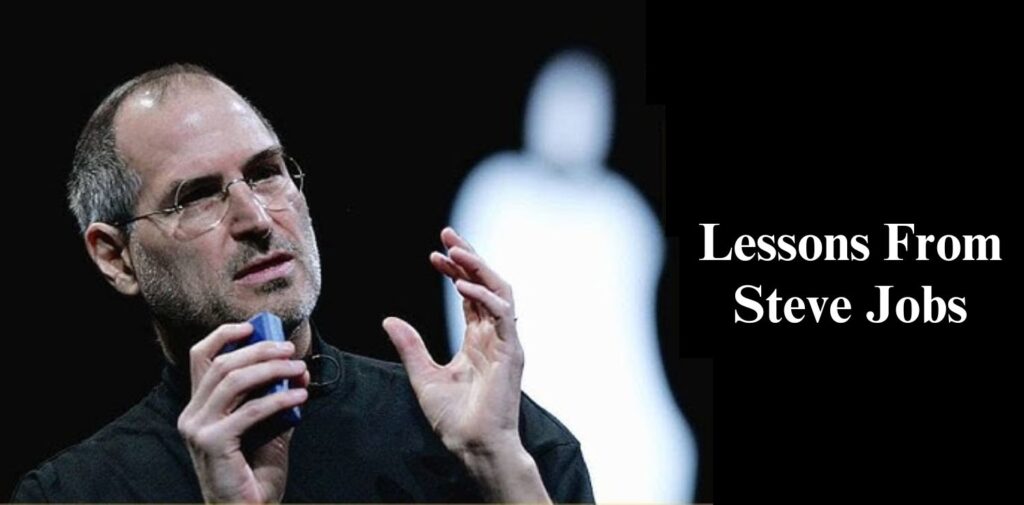
What We Can Learn From Steve Jobs
Steve Jobs’ life teaches us several important lessons:
- Follow your passion: Jobs was passionate about technology, and that passion drove him to create some of the world’s most innovative products.
- Embrace failure: Jobs faced many challenges and failures, but he never let them stop him. He learned from them and grew stronger.
- Think differently: Jobs was famous for thinking outside the box. He didn’t follow the crowd; he created his path.
- Simplicity is key: Jobs believed in the power of simplicity. Whether it was in design or product development, he always focused on making things easy to use and beautiful.
- Never settle for mediocrity: Jobs constantly pushed himself and his teams to create the best products, not just “good enough” products.
Conclusion: A Story of Innovation, Dedication, and Impact
Steve Jobs’ journey from a young entrepreneur in a garage to a global icon is a testament to what can be achieved with vision, determination, and creativity. He didn’t just change the tech industry; he changed the way we live, work, and think about technology.
While his journey wasn’t without obstacles, Jobs showed the world that success isn’t about avoiding failure but learning from it. He showed us the power of perseverance and the importance of loving what you do. And most importantly, he showed us that one person—no matter how humble their beginnings—can change the world.
Steve Jobs was not just a businessman or a tech genius; he was a visionary who understood that the power of great ideas could shape the future. And in doing so, he proved that with hard work, passion, and a relentless pursuit of innovation, anything is possible.
The legacy of Steve Jobs reminds us all that greatness comes not from following the status quo but from daring to think differently and taking the leap to make it happen.

